PRODUCTS
CONTACT US
Ningbo Nide International Co., Ltd.
一一
· Contact person:Jack Zeng
· Mob/Whatspp/WeChat:0086-13738869026
· Email:emarketing@nide-group.com;marketing4@nide-group.com
· Add:No. 169, Wohushan Road, Daqi Subdistrict, Beilun District, Ningbo, China

Nide team could manufacture ball bearing as per customer’s drawing and samples.
If customer only has samples, we could also design drawing fo r our customer.
We also provide customized service.
Our ball bearing is widely applied the different industrials.
Ningbo Haishu Nide International Co., Ltd was established in 2010, specializing in the development of precision customized bearings and sales of branded bearings. Provide overall bearing solutions for all customers and assist them in product development. In addition to providing various bearings that comply with international standards and specifications, we also provide services for motor manufacturing technology consultants, project support, and turnkey projects. The company's main products include: motor cover and lamination,fan,ball bearing,commutator,magnet,carbon brush, etc.
In addition, we provide non-standard bearings according to customer needs and are committed to providing the widest range of services.Our main application areas are air condition motor,electric automotive motor,fan motor,servo motor,compress motor,washing machine motor,BLDC motor and other industries.Reliability, responsibility and quick reaction help Nide to win the worldwide customers’ confidence seccesively, so far Nide has supplied products to its customers more than 50 countries.
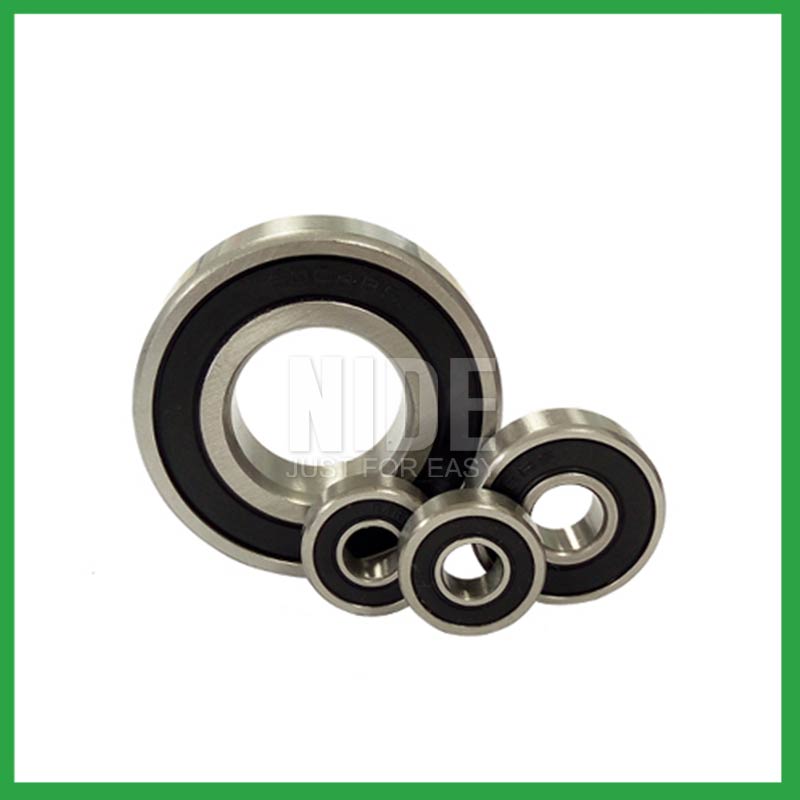
| Parameter | Information |
|---|---|
| Product Name | inside ball bearing |
| Brand Name | NIDE |
| Place of Origin | Ningbo,China |
| Material | ceramics, etc. |
| Structure | Deep Groove |
| Color | Customized Color |
| Delivery Time | 5-7days |
| Port | Ningbo/Shanghai |
| Export region | Africa,Asia,Europe |
| Export Country | India,Brazil,South Korea,Tunisia,Croatia,Tajikistan,Ireland,Kyrgyzstan...etc |
| Application | aviation engines,machine tools, etc. |
| OEM/ODM | Yes |
| Size | Customized size |
| Stock | In Stock |
| Feature | Strong carrying capacity,Good wear resistance...etc |
| MOQ | 10 pieeces(Specific according to the model) |
| Certification | ISO9001,CE-insulation paper inserting machine,CE-stator coil winding machine,etc |
| Supply Ability | 100000-500000 Piece/Pieces per Month |
| Lubricate | Oil Grease |
| Packaging Details | Suitable for sea transportation |
| Lead time (days) | 15-20 (To be negotiated) |
Please note: The above table data is for reference only. For specific information, please contact us.
inside ball bearing is a component with a ball as the rolling element, consisting of an inner ring, an outer ring, and a ball. They form a closed raceway between the rings, and the ball rolls through a curved surface in the raceway.
Before use, the model, size, and design of the ball bearing should be confirmed to ensure suitable application;
During installation, the installation load of the ball bearing should be minimized as much as possible to avoid unnecessary damage;
The bearing shaft and the bearing frame should be stable at the same time to avoid excessive tension.
Ball bearings have many advantages, making them highly competitive in the market.
Firstly, they are very durable and have good wear performance, making their service life longer than many other types of bearings.
Secondly, they are easy to install and can provide low friction performance in various applications.
Thirdly, they require a relatively low level of maintenance, making them cost-effective.
In addition, compared to many other types of bearings, their purchase cost is relatively low, making them an economical choice.




inside ball bearing---FAQs Guide
2.Can inside ball bearing operate in high-speed applications, and what design features make them suitable for such conditions?
3.What is the production capacity of the factory for inside ball bearing?
4.Are there miniature inside ball bearing designed for use in precision instruments and small-scale mechanisms?
5.Can inside ball bearing be used in vacuum or cleanroom environments, and what measures are taken to prevent outgassing or contamination?
6.About inside ball bearing,What about the lead time?
7.How do inside ball bearing provide smooth and controlled motion in various mechanical systems, such as conveyor belts or automobiles?
8.How do different inside ball bearing designs, such as deep groove, angular contact, or thrust bearings, cater to specific applications?
9.How do inside ball bearing contribute to the overall efficiency and energy savings in industrial machinery and transportation systems?
10.What are the common materials used in inside ball bearing manufacturing?
11.What is the significance of inside ball bearing lubrication, and how does it affect bearing lifespan and performance?
12.What is the typical noise level associated with inside ball bearing, and how are noise-reduction techniques applied?
13.As a inside ball bearing manufacturer,can you supply samples?
14.About inside ball bearing,Can I add my own logo?
15.Are there ongoing research and development efforts aimed at improving inside ball bearing materials, designs, and lubrication techniques?
1.Are there specific inside ball bearing designed for applications in the aerospace and aviation industries, and what standards do they adhere to?
Airframe control inside ball bearing are specialized bearings tailored for aircraft structures, particularly control systems and surfaces. Designed for low-speed oscillatory applications, they offer precision and support, effectively managing misalignments and flight-induced stresses.
Airframe Control bearings are lightweight, corrosion-resistant, grease-lubricated, and are sealed on most occasions. They come in precision grades for running accuracy.
2.Can inside ball bearing operate in high-speed applications, and what design features make them suitable for such conditions?
They have very low rolling friction and are optimized for low noise and low vibration. This makes them ideal for high-speed applications. inside ball bearing are comparatively easy to install and require minimal maintenance.
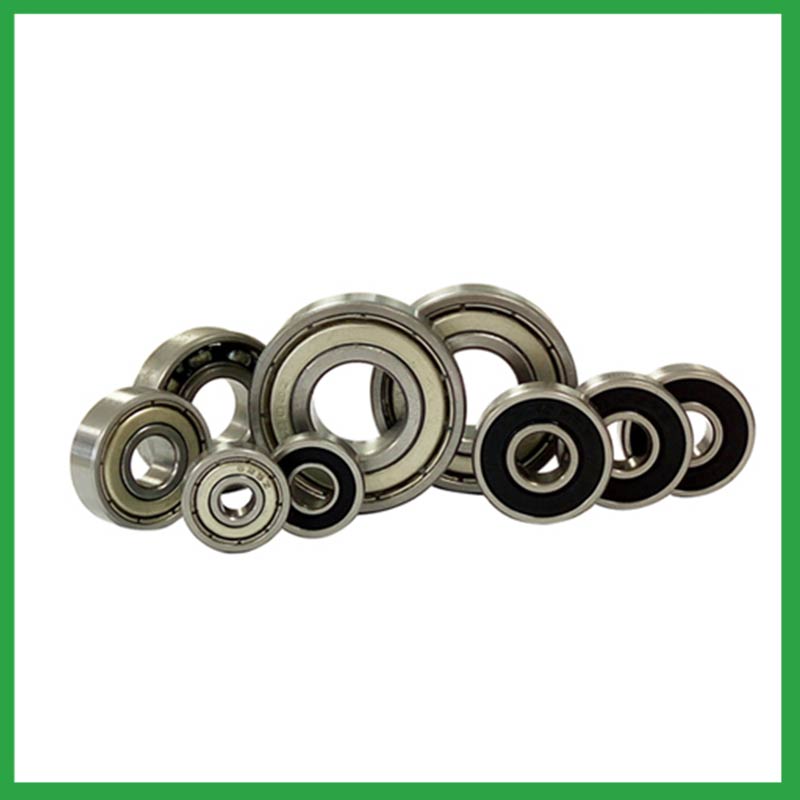
3.What is the production capacity of the factory for inside ball bearing?
The production capacity of Ningbo Haishu Nide International is:50000000pcs/month
4.Are there miniature inside ball bearing designed for use in precision instruments and small-scale mechanisms?
Miniature bearings, despite their small size, play a significant role in various industries and applications. These compact powerhouses, typically measuring less than one inch in outer diameter, offer exceptional precision, durability, and reliability. Miniature bearings find extensive use in precision instruments and robotics.
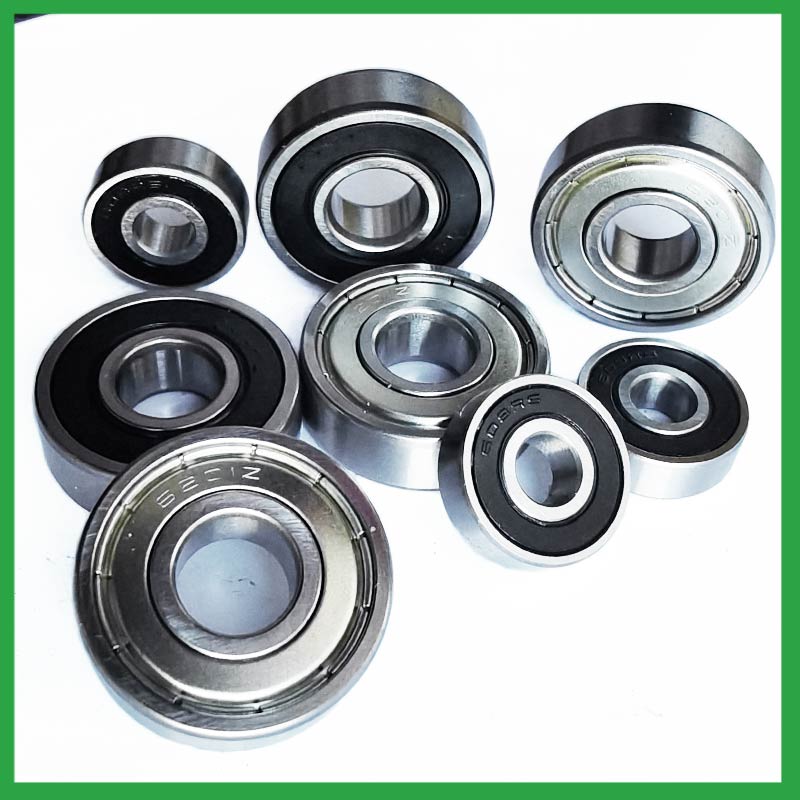
5.Can inside ball bearing be used in vacuum or cleanroom environments, and what measures are taken to prevent outgassing or contamination?
Bearings specify stainless steel for vacuum or cleanroom applications as stainless steels used for the rings, balls and retainer exhibit low outgassing. They usually supply open or shielded stainless steel bearings as vacuum bearings as these will outgas less than a nitrile rubber sealed bearing.
6.About inside ball bearing,What about the lead time?
3-7 days for samples, 3-4 weeks for mass production.
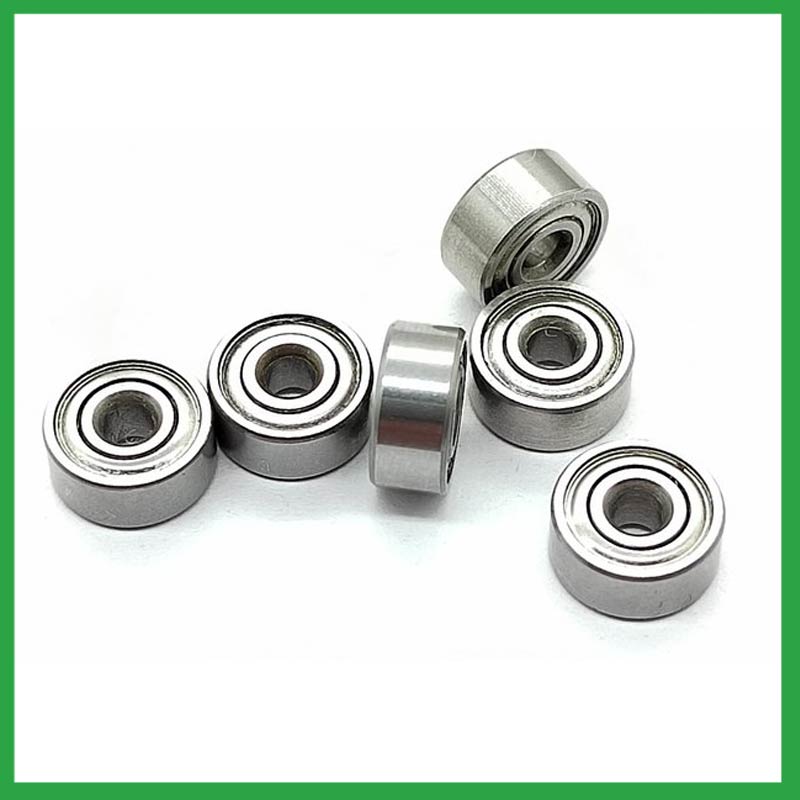
7.How do inside ball bearing provide smooth and controlled motion in various mechanical systems, such as conveyor belts or automobiles?
In essence, inside ball bearing operate on the principle that it's far more efficient to roll over surfaces than to slide, thereby significantly reducing friction and facilitating smooth movement of machinery parts.
8.How do different inside ball bearing designs, such as deep groove, angular contact, or thrust bearings, cater to specific applications?
Deep groove inside ball bearing: Deep groove ball bearings are the most common type. They can handle both radial and axial loads. Angular contact ball bearings: Angular contact ball bearings have higher than average internal axial clearance. They can handle axial loads in one direction and moderate radial loads.
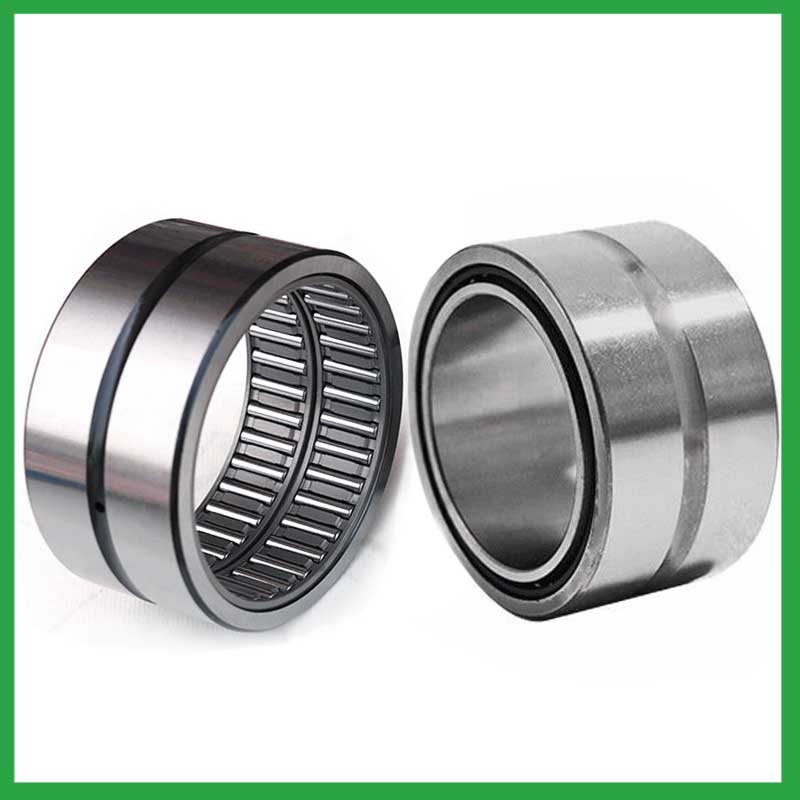
9.How do inside ball bearing contribute to the overall efficiency and energy savings in industrial machinery and transportation systems?
The balls roll along the raceway, allowing for smooth rotation of the machinery or equipment. Ball bearings are used to support rotating, reduce friction and support radial and axial loads in high-load, high-speed applications where reliability and efficiency are critical.
10.What are the common materials used in inside ball bearing manufacturing?
Most inside ball bearing are made of a type of steel known as high carbon chromium steel, often called chrome steel. This is used for reasons of cost and durability. Bearings are also made from other materials such as stainless steel, ceramics and plastic.
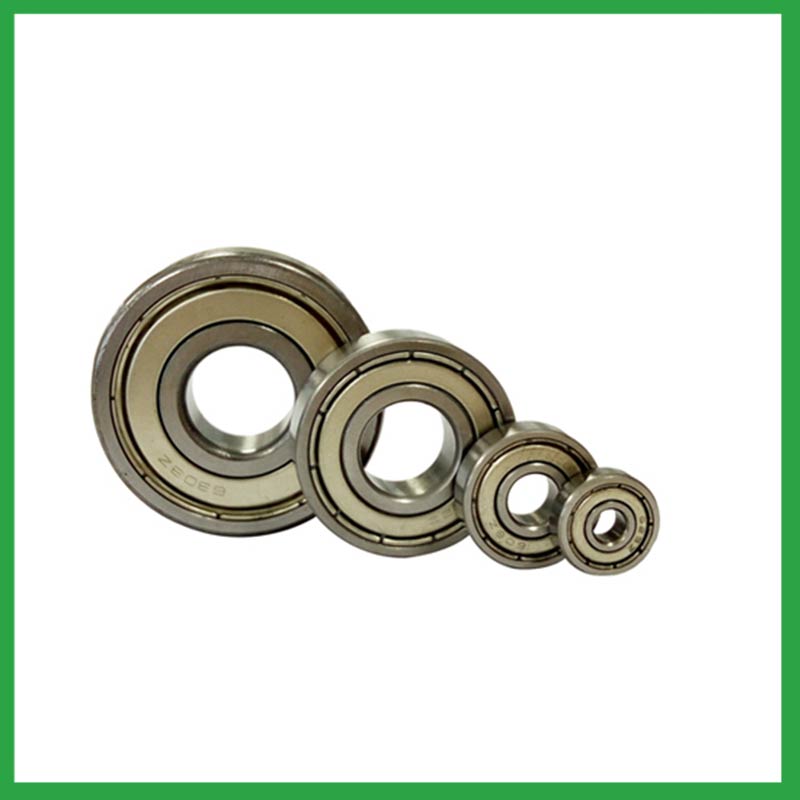
11.What is the significance of inside ball bearing lubrication, and how does it affect bearing lifespan and performance?
Bearing lubrication is vital for preserving the performance and lifespan of rolling element bearings. Lubrication helps separate moving parts relative to one another, such as rollers and raceways or balls, to prevent wear and tear and friction.
12.What is the typical noise level associated with inside ball bearing, and how are noise-reduction techniques applied?
To measure in accurate way the inside ball bearing noise under rotation during their manufacturing process is a key activity particularly in the production of medium, small and ultra-small deep groove ball bearings. This capability in bearings noise analysis has become the real distinguishing element between a standard bearings noise equipment and a superior class one.
The various types of vibration and sound in rolling bearings can be grouped in four main categories: structural, manufacturing, handling and other. The structural vibration consists mostly of race, click, squeal and cage noise: it can be continuous or intermittent depending on specific cases. The manufacturing vibration is instead related to the waviness noise generated by the geometrical imperfections of inner and outer ring and of rolling elements, being always continuous in nature. The so-called handling vibration is normally associated with flaw and contamination and is generating – in most of the cases – irregular noise. Then there are other types of vibrabition that include noise generated by sealing and lubricant (irregular) or by runout (continuous).
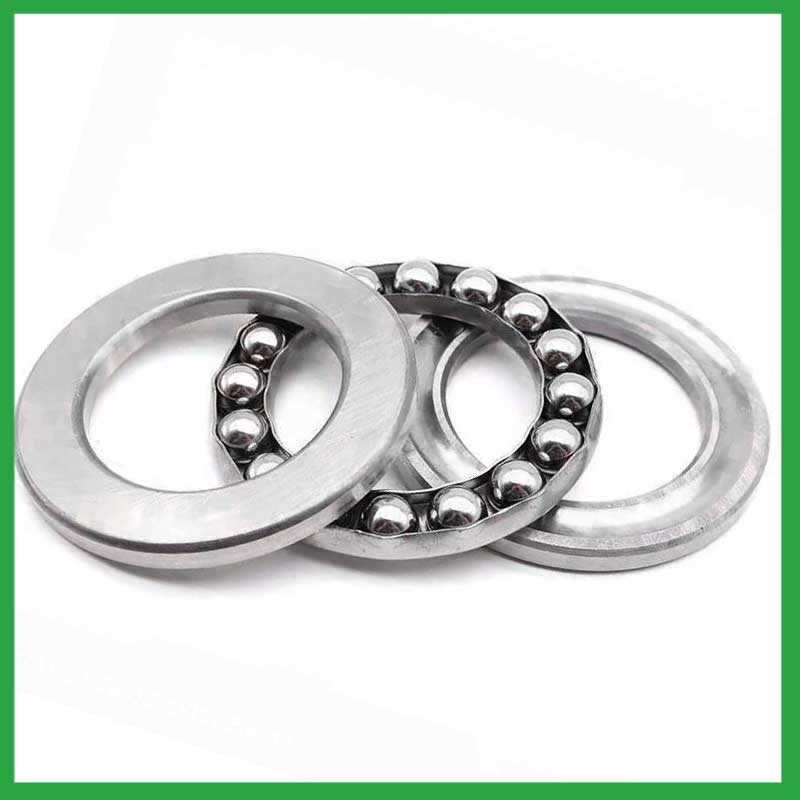
13.As a inside ball bearing manufacturer,can you supply samples?
Sure, samples can be provided free of charge, and the buyer pay the postage of the sample.
14.About inside ball bearing,Can I add my own logo?
Yes, you can add your logo on bearings and packing box. We supply OEM SERVICE including bearing's size, logo, packing, etc.
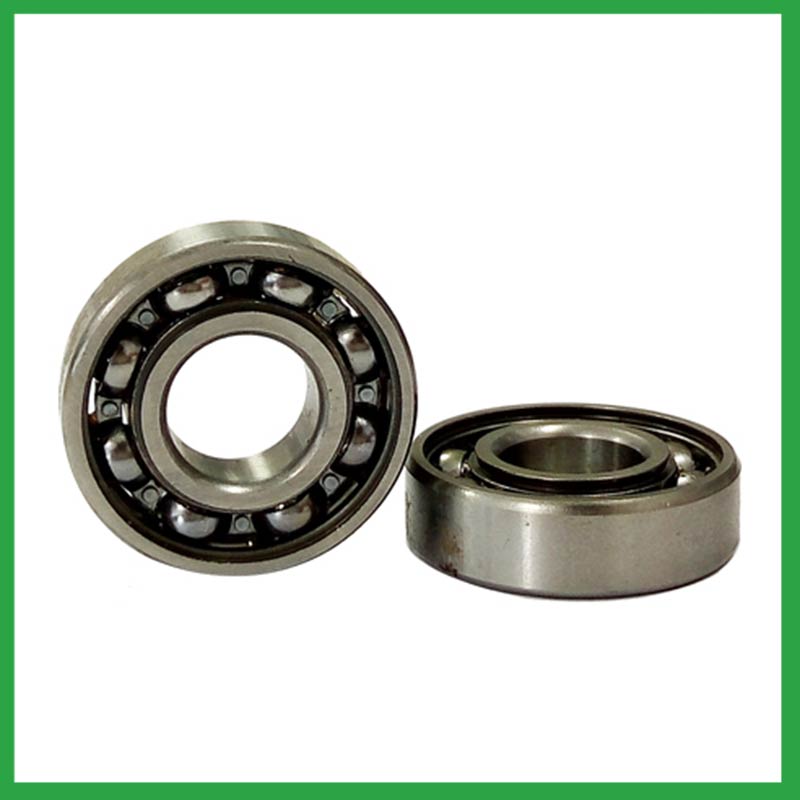
15.Are there ongoing research and development efforts aimed at improving inside ball bearing materials, designs, and lubrication techniques?
A custom inside ball bearing can satisfy almost any customer’s needs. Your application may need a needle roller or ball bearing, a radial or angular contact design, a plain carbon steel bearing with anti-corrosion coatings or stainless steel, a thrust bearing or a spherical bearing, tight or loose radial play, sealed or non-sealed designs

